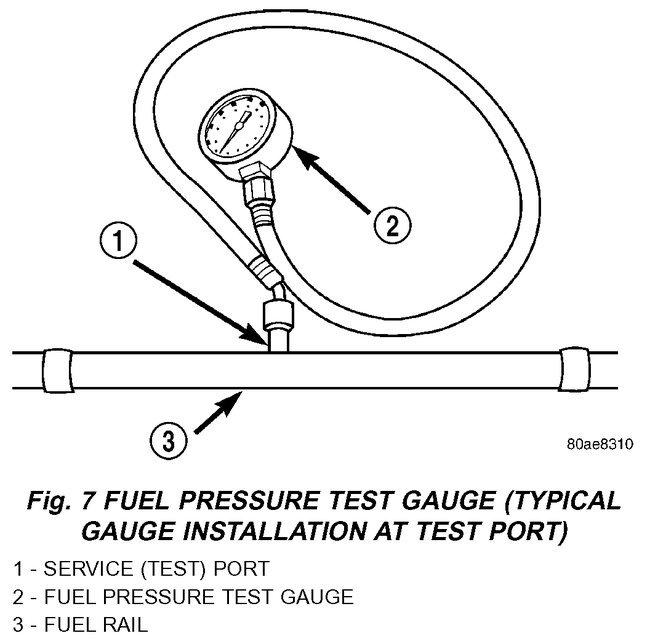Hi and thanks for using 2CarPros.
First, is the check engine light staying on when the engine is running? If so, have the computer scanned to identify diagnostic trouble codes. Here is a quick video of it being done:
https://youtu.be/YV3TRZwer8k
Now, based on your description, it could be a few things. First, I would simply check to make sure there are no vacuum leaks. If the check engine light is on, it may indicate a lean fuel mixture resulting from a leak. Here is a quick link that shows how to check. Also, if your friend pressurized the fuel tank enough, it may have caused a vacuum hose to become disconnected or damaged resulting in a vacuum leak.
Here is the link:
https://www.2carpros.com/articles/how-to-use-an-engine-vacuum-gauge
If there is no light and no vacuum leak, then suspect fuel pump pressure. Here is a link that shows in general how to check it. Since he was blowing pressure into the tank, he may have forced debris into the filter.
https://www.2carpros.com/articles/how-to-check-fuel-system-pressure-and-regulator
Here are the directions for testing pressure specific to your vehicle. It includes pressure specifications. The attached picture correlates with these directions. Also, you will need a pressure gauge. Most parts stores will lend you one.
+++++++++++++++++++++++++++
FUEL PUMP PRESSURE TEST
Use this test in conjunction with the Fuel Pump Capacity Test, Fuel Pressure Leak Down Test and Fuel Pump Amperage Test found elsewhere in this group.
Check Valve Operation: The electric fuel pump outlet contains a one-way check valve to prevent fuel flow back into the tank and to maintain fuel supply line pressure (engine warm) when pump is not operational. It is also used to keep the fuel supply line full of gasoline when pump is not operational. After the vehicle has cooled down, fuel pressure may drop to 0 psi (cold fluid contracts), but liquid gasoline will remain in fuel supply line between the check valve and fuel injectors. Fuel pressure that has dropped to 0 psi on a cooled down vehicle (engine off) is a normal condition. When the electric fuel pump is activated, fuel pressure should immediately (1-2 seconds) rise to specification.
All fuel systems are equipped with a fuel tank module mounted, combination fuel filter/fuel pressure regulator. The fuel pressure regulator is not controlled by engine vacuum.
Warning: the fuel system is under constant fuel pressure even with the engine off. Before disconnecting fuel line at fuel rail, this pressure must be released. Refer to the fuel system pressure release procedure.
Fig. 7 Fuel Pressure Test Gauge (Typical Gauge Installation At Test Port)
1. Remove protective cap at fuel rail test port. Connect the 0-414 kPa (0-60 psi) fuel pressure gauge (from gauge set 5069) to test port pressure fitting on fuel rail (Fig. 7). The DRB III Scan Tool along with the PEP module, the 500 psi pressure transducer, and the transducer-to-test port adapter may also be used in place of the fuel pressure gauge.
2. Start and warm engine and note pressure gauge reading. Fuel pressure should be 339 kPa ± 34 kPa (49.2 psi ± 5 psi) at idle.
3. If engine runs, but pressure is below 44.2 psi, check for a kinked fuel supply line somewhere between fuel rail and fuel pump module. If line is not kinked, but specifications for either the Fuel Pump Capacity, Fuel Pump Amperage or Fuel Pressure Leak Down Tests were not met, replace fuel pump module assembly. Refer to Fuel Pump Module Removal/Installation.
4. If operating pressure is above 54.2 psi, electric fuel pump is OK, but fuel pressure regulator is defective. Replace fuel filter/fuel pressure regulator. Refer to Fuel Filter/Fuel Pressure Regulator Removal/Installation for more information.
5. Install protective cap to fuel rail test port.
++++++++++++++++++++++++++++++++++++++++++++
Let me know if this helps and what you find.
Take care,
Joe
Image (Click to make bigger)
Tuesday, December 25th, 2018 AT 7:11 PM




